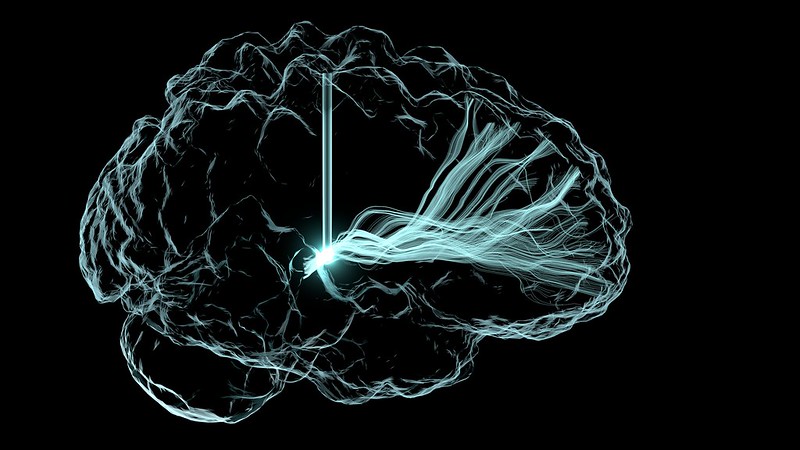The BRAIN Initiative: A Progress Report

In 2013, President Obama announced The Brain Research through Advancing Innovative Neurotechnologies (BRAIN) Initiative, an ambitious ten-year plan tasked with “revolutionizing our understanding of the human brain.” The BRAIN Initiative seeks to expedite discoveries about the fundamental workings of the brain, so that researchers can better tackle the many diseases and disorders of this complex organ. The BRAIN Initiative spans several federal entities and includes partnerships with industry leaders, and academia, among others.
In 2019, we are halfway through the Initiative’s time frame. At a recent briefing held by the Coalition for Life Sciences, guest speakers Dr. Eva Marder, PhD, Victor and Gwendolyn Beinfield Professor of Neuroscience at Brandeis, and Dr. Walter Koroshetz, MD, Director of the National Institute of Neurological Disorders and Stroke, shared the progress that has been made during the first half of the Initiative.
Dr. Koroshetz expressed that the BRAIN Initiative has been a resounding success; scientists are now “able to do things that were inconceivable ten years ago.” He noted the Initiative started with the goals of doing better “mapping, monitoring, and modulating” of the brain. To this end, the Initiative supports the creation of new technologies and techniques to enable scientists to better map circuits of the brain, examine neuronal activity in live tissue, and analyze large amounts of data. In addition, the Initiative wants to fund projects that look beyond individual cells to also explore how neurons working together can create complex outputs like human behavior.
Dr. Marder described how the creation of the Initiative itself excited the field, and how rapidly the technology is developing; scientists can now even manipulate neurons with light, instead of by hand with tiny electrodes.
There are still discoveries to be made. As Dr. Koroshetz noted, “the firing of each neuron is a letter, but we still don’t know the language.” In the coming years, scientists hope to understand brain circuits more thoroughly and create maps detailing the connections between neurons. Currently, only simple circuits of 30 or so neurons have been mapped, such as those found in crustacean brains — work pioneered by Dr. Marder. The human brain has about 85 billion neurons, and right now it seems implausible that every single nerve connection could be delineated.
Nevertheless, a future generation of scientists may turn what we see as implausible into reality. To this point, Dr. Marder cautioned that early career researchers fear “the rug will be pulled out from under them” when facing inconsistent funding. To keep the momentum going and the discoveries coming, both in neuroscience and beyond, consistent and robust funding for our country’s research agencies is essential.
Read our fact sheets about brain diseases and disorders and the research currently being conducted to combat them:
Depression, Traumatic Brain Injury, Pain, Multiple Sclerosis, Stroke
This blog post was written by Anna O’Dea, science policy intern at Research!America. The science policy internship program is supported by the Burroughs Wellcome Fund.
Image credit: Andrew Janson, Butson Lab, University of Utah, NIH support from: National Institute of Neurological Disorders and Stroke




